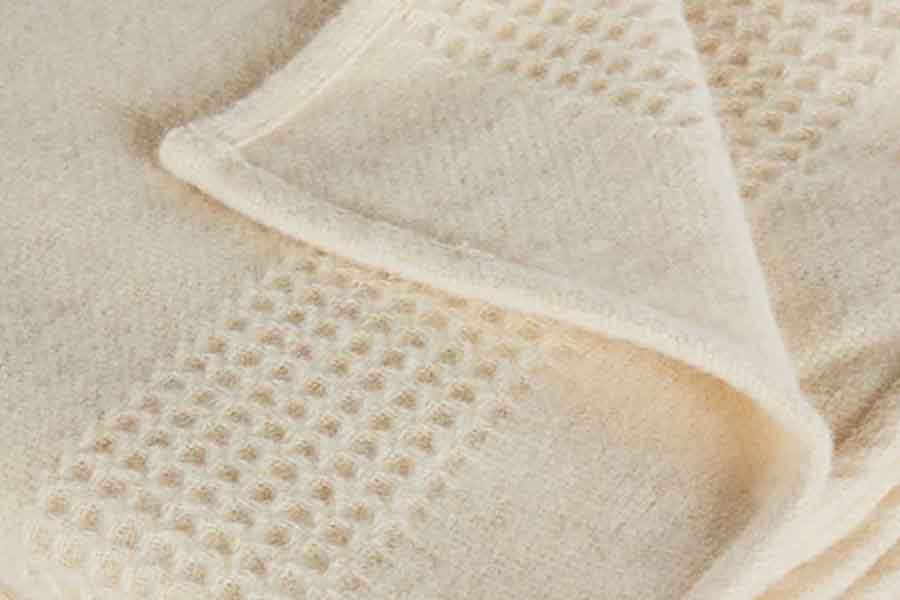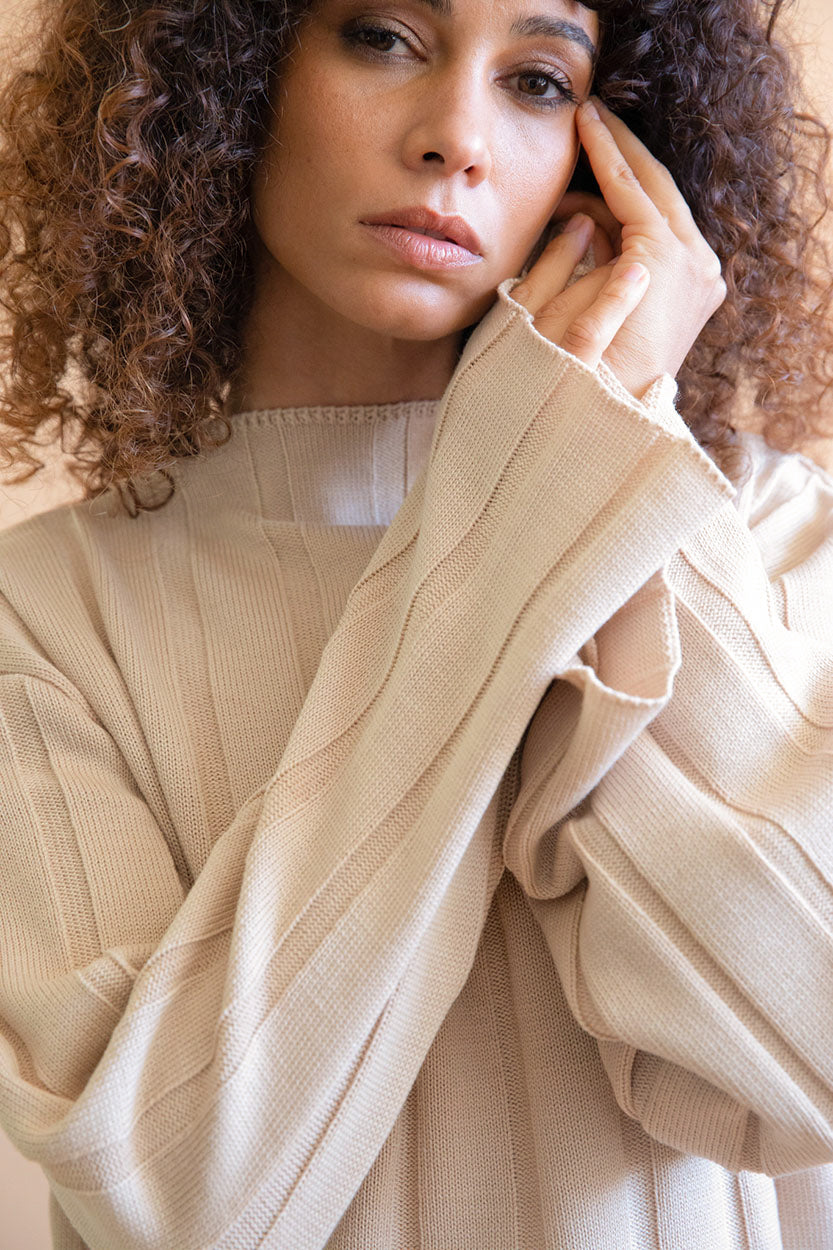
How to take care of your wool sweater
Merino wool is primarily sought after for the quality of its fibers. They does not sting. It is perfect to face winter since it has thermoregulatory properties and its scaly surface has anti-bacterial properties capable of neutralizing odors. The keratin present in merino wool destroys the bacteria usually responsible for bad odors: it is therefore a wool that requires little washing. By letting your sweater air out after each intense use, you will eliminate all unpleasant odors and delay washing. When the time comes to wash your sweater, here are the 5 golden rules to follow:
- Turn your sweater inside out in the washing machine to avoid damaging the fibers. You can put it in a laundry net to preserve the fibers even more.
- Choose a special detergent for wool and use a low dose of detergent.
- Choose the right washing program for wool (cold wash, short cycle and low spinning)
- Dry flat (and not on a hanger, as this could deform the garment)
- Iron with steam at low temperature.
Why is your sweater pilling?
Pilling is annoying but it’s normal! Unless you have a synthetic sweater, your knitwear will inevitably go through this stage. It simply rejects material, because it is a natural material and it lives. The yarn of your sweater is composed of short and long fibers. As they are rubbed, the shorter fibers get tangled up and come out to settle on the surface of your sweater. Once these short fibers are eliminated, the longer fibers will remain to form the body of your sweater. At the end of this evacuation phenomenon, the longer wool fibers are the ones that will remain to constitute the weave of your sweater. These pills will appear naturally when you wear the sweater for the first time and will gradually disappear thereafter. It is said that in about ten washes, a quality sweater will lose its last heaps of pilling. To remove the pilling, use an electric razor or an anti-pilling comb and your sweater will be like new !

